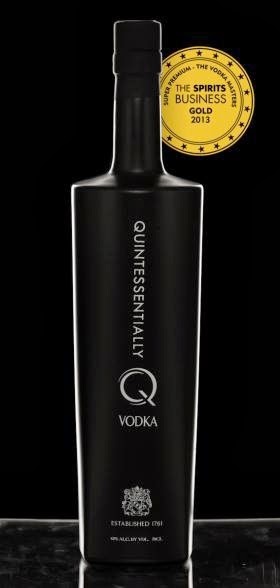Translating The EU FIR Directive
Richard
Brooks, internationally accredited translation expert and Director of the
Association of Language Companies, speaks out on one of the latest EU Food
Directives.
'With the EU
aiming to tackle the alarming rise in obesity rates within Europe via Food
Information Regulation (FIR), I am concerned that many major food retailers are
ill-prepared and may fall foul of the new legislation. Not only because the relabeling of all food
packaging is required by the end of 2014, a massive undertaking in its self,
but, more importantly, because it must be precise. There will be no margin for translation
errors within the new legislation as the mandatory labeling obligations for
allergens, sugar, fat content, saturates, energy, carbohydrate, salt etc could
all have health implications if not 100% accurate.'
'The Food
Information Regulation (FIR) comes in to force at the end of December this
year, 2014, abolishing confusing and inconsistent labels – food retailers will
be required to adopt aunified system that makes it simple for the consumer to
read exactly what is in packaged foods. The biggest challenge for food retailers,
whether they decide simply to adjust their packaging to reflect the FIR or use
the opportunity to rebrand entirely, will be to ensure that all of their
supplier and packaging company's labels are compliant with the FIR in every
language and each EU country in which their products are sold'
Richard goes
on to say 'In an industry where we translate information for over a thousand
products a week I can attest that translating food packaging isn't easy. There
are those within the food industry who continue to make errors on foreign
language packs, a problem perpetuated by polluted translation memories,
unprofessional translators and using technology like Google Translate without a
post-editing process. The most popular online translation tools returns the French
translation of 'may contain nuts' as 'Peut contenir des noix' – looks right
doesn't it? Well noix is actually often
understood to mean walnuts so the phrase returned is 'may contain walnuts'. Are nuts and walnuts different? They certainly are if your child has a
specific allergy and worryingly we see this common error all over packs in
European supermarkets.'




Comments
Post a Comment